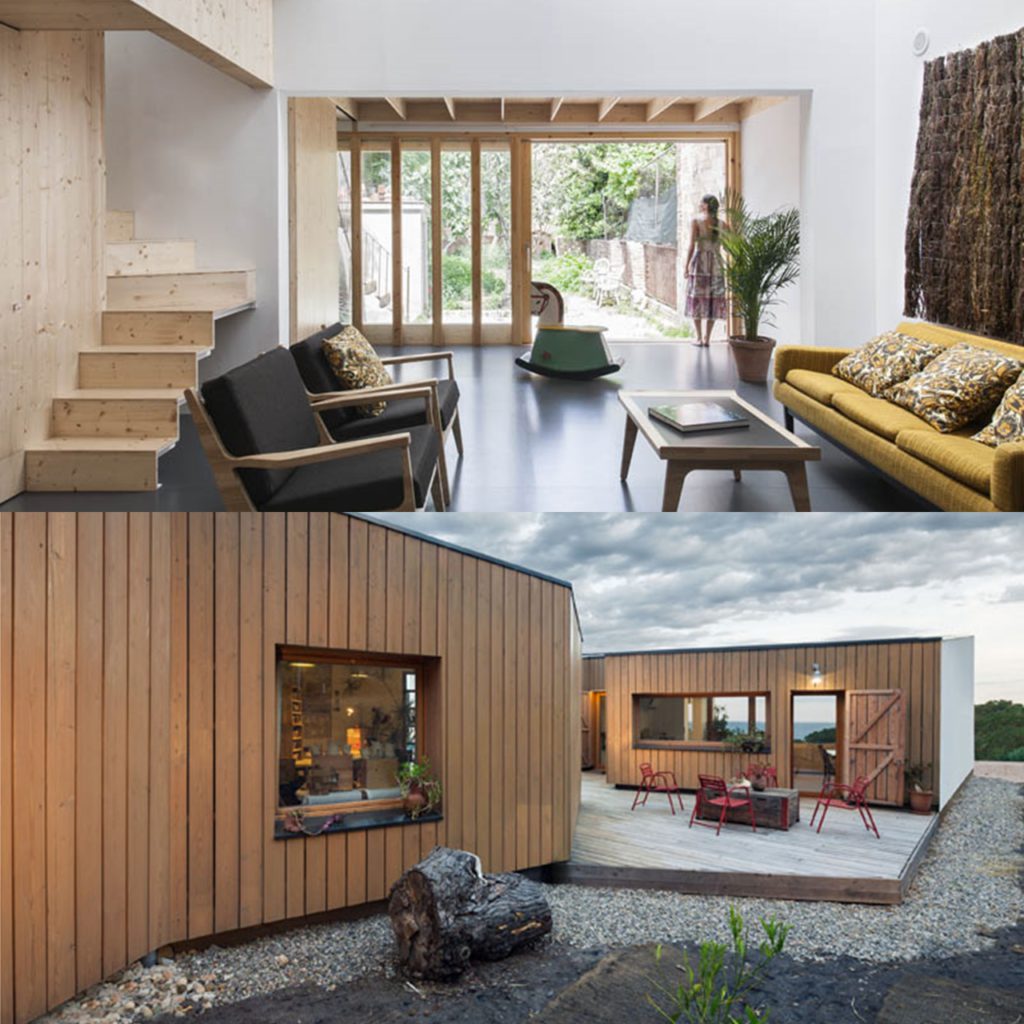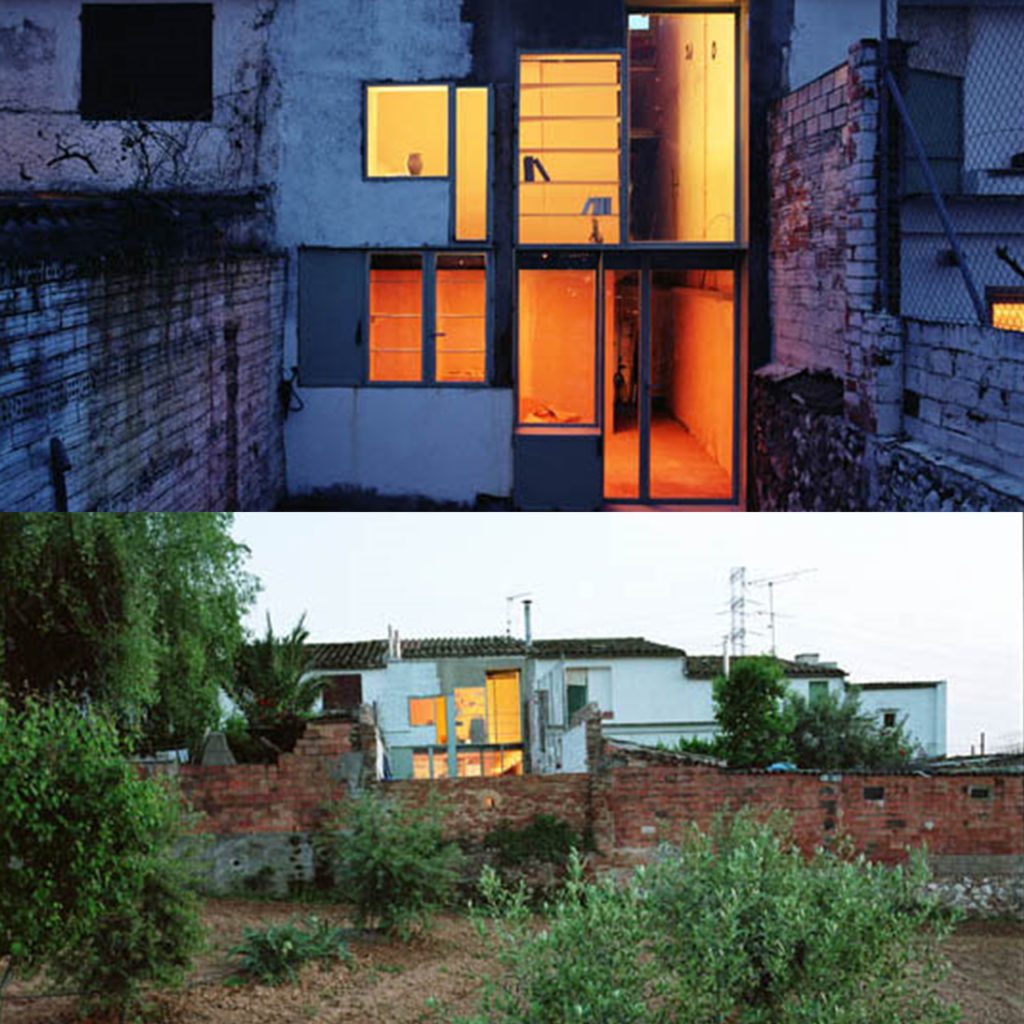The creation of settlements dates back to the neolithic revolution in the 9th and 10th millennium B.C. when human being discovered the advantages of agriculture, domestication of animals and stockbreeding. Nomads became sedentary, hunters and gatherers became farmers and breeders, others became potters, carpenters, weavers or smiths. At the same time, humanity develops a certain common sense, common values, a common belief and communication. Some of these first settlements were successful and their inhabitants converted them into cities, into places that guarantee everyone’s supplies and needs, into meeting points for traders and into places where spiritual andsecular power is exposed.
Until the industrial revolution in the 18th and 19th century, cities had a multi-functional character and the inhabitant of the city – the citizen – was clearly defined by his social function. The estate of the realm ruled about a person’s class, his work and his living space.Today, our planet is hopelessly over-populated. More than 50% of the world population lives in metropolitan areas and most people on earth just dream of living close to their work space. The industrial revolution has converted our cities into centers of administration where economic interests usually have priority over the well-being of citizens and where property prices are not affordable for everyone.
Pilar Calderón is architect and one of the founders of Barcelona based studio Calderón- Folch Sarsanedas. Her passion for fine Arts, her technical skills, Gaudí’s Parc Güell – what she calls ‘Home of my childhood’ – and the beauty of Barcelona animated her to study architecture. At the age of 25 years, she founded her studio together with her friend and fellow student Marc Folch, Pol Sarsanedas joined the team in 2009. Since its creation, the studio Calderón-Folch-Sarsanedas has gained a strong reputation as experts in social housing, the creation of public spaces and for their strong commitment to environmentally friendly architecture. The studio has been awarded with the AJAC price for Young Architects of the Official Architecture College of Catalonia in 2004 and in 2012, with the National Energy Efficiency Price in 2012, the International Spanish Architecture Price in 2013, with the Prix National Coup de Coeur de Construction en Bois in 2013 and they were nominated for the Mies van der Rohe Award in 2015 for the civic center El Roure and the library La Ginesta in Begues, Barcelona.
Calderón considers herself a liberal and emancipated woman who believes in democracy, dignity and peoples’ consciousness. She doesn’t aspire to elevate prestigious skyscrapers or representative buildings which have no soul, but as long as architects, constructors or investors don’t harm anyone, we have to accept our cities’ metamorphosis. As she says, the reputation of architects has suffered a lot during the financial crisis due to egomaniac, arrogant and outrageous professionals, but the crisis has helped putting items back to their original space. Finally, the success of Calderón-Folch-Sarsanedas can be seen as fruit of peoples’ change of consciousness as to the crisis.
Pilar has a positive approach to our society and to her profession. Compared to other cities, Barcelona is doing a good job, she says. The city has a convenient size, infrastructures are good and the city is full of life. The biggest problems which our cities encounter are traffic, the absence of green spots and of public spaces. Cities have always been meeting points, intersection points of people, cultures, arts and communication and we have to encourage people to be an active part of our society. We should take more advantage of our cities, we should make them more attractive to the citizens, make lifemore natural again and bring nature to the city and not expand our cities to the nature.Bringing nature to our cities brings definitely added values, while a construction in a natural resort harms nature.
Andre Okada


